
Yesterday at Nvidia's GPU Technology Conference, everybody found out what CEO Jensen Huang was cooking—an Ampere-powered successor to the Volta-powered DGX-2 deep learning system.
On Wednesday, we described mysterious hardware in Huang's kitchen as likely "packing a few Xeon CPUs" in addition to the new successor to the Tesla v100 GPU. Egg's on our face for that one—the new system packs a pair of AMD Epyc 7742 64-core, 128-thread CPUs, along with 1TiB of RAM, a pair of 1.9TiB NVMe SSDs in RAID1 for a boot drive, and up to four 3.8TiB PCIe4.0 NVMe drives in RAID 0 as secondary storage.
Goodbye Intel, hello AMD
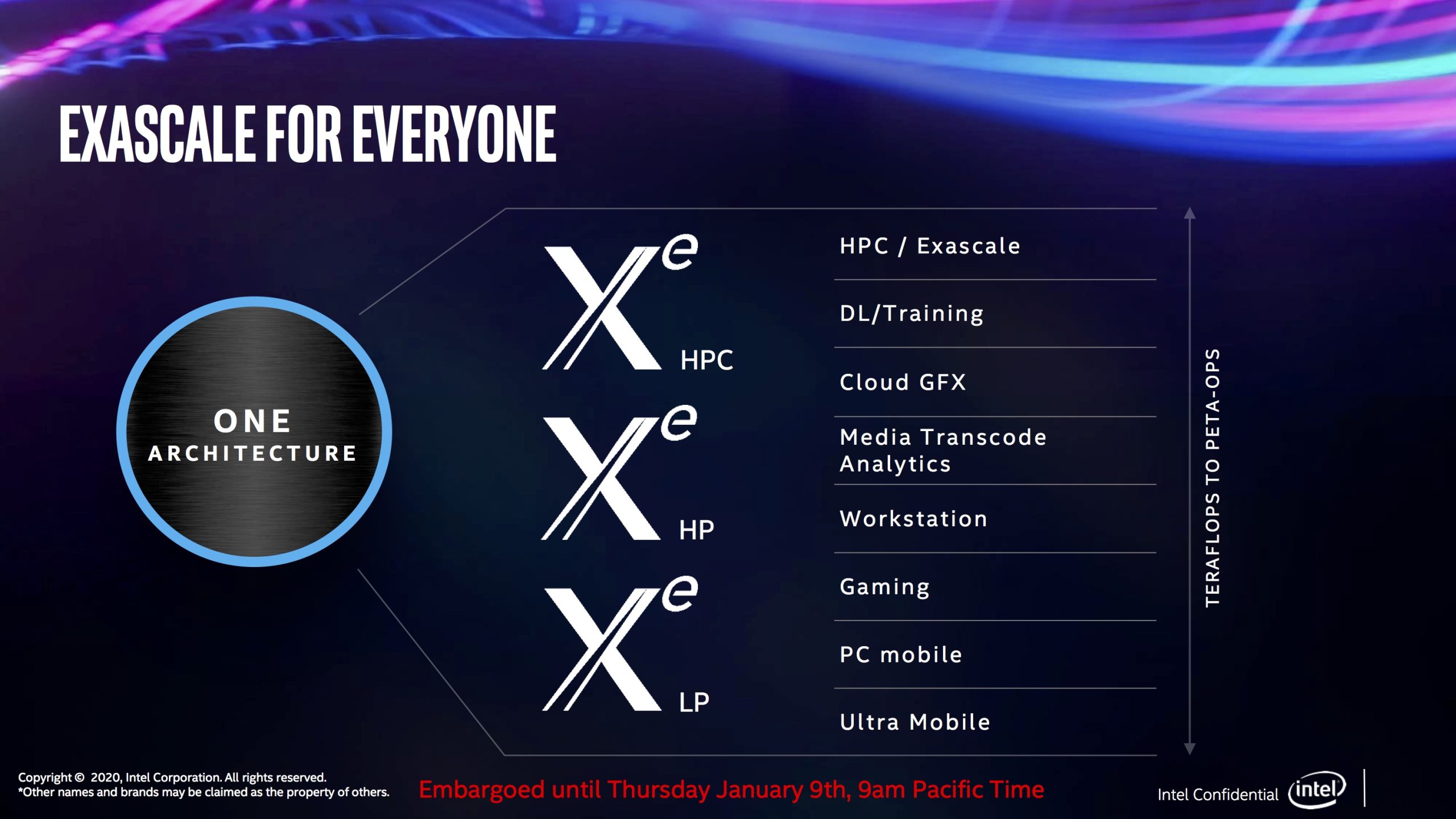
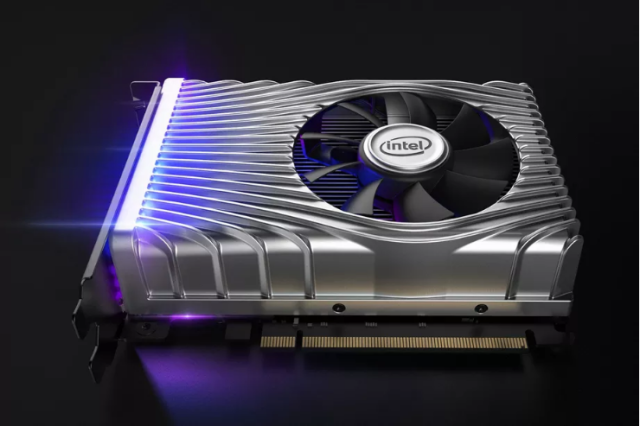
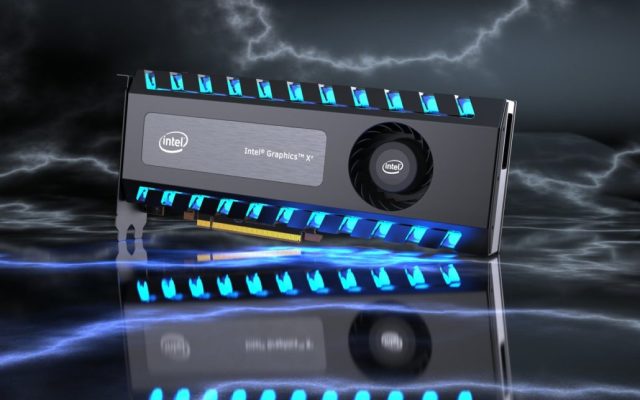
Technically, it shouldn't come as too much of a surprise that Nvidia would tap AMD for the CPUs in its flagship machine-learning nodes—Epyc Rome has been kicking Intel's Xeon server CPU line up and down the block for quite a while now. Staying on the technical side of things, Epyc 7742's support for PCIe 4.0 may have been even more important than its high CPU speed and massive core/thread count.
GPU-based machine-learning frequently bottlenecks on storage, not CPU. The M.2 and U.2 interfaces used by the DGX A100 each use 4 PCIe lanes, which means the shift from PCI Express 3.0 to PCI Express 4.0 means doubling the available storage transport bandwidth from 32Gbps to 64Gbps per individual SSD.
There may have been a little bit of politics lurking behind the decision to change CPU vendors, as well. AMD might be Nvidia's biggest competitor in the relatively low-margin consumer-graphics market, but Intel is muscling in on the data center side of the market. For now, Intel's offerings in discrete GPUs are mostly vapor—but we know Chipzilla's got much bigger and grander plans as it shifts its focus from the moribund consumer-CPU market to all things data center.
The Intel DG1 itself—which is the only real hardware we've seen yet—has leaked benchmarks that have it competing with the integrated Vega GPU from a Ryzen 7 4800U. But Nvidia might be more concerned about the Xe HP 4-tile GPU, whose 2048 EUs (execution units) might offer up to 36TFLOPS—which would at least be in the same ballpark as the Nvidia A100 GPU powering the DGX unveiled today.
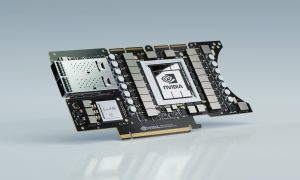
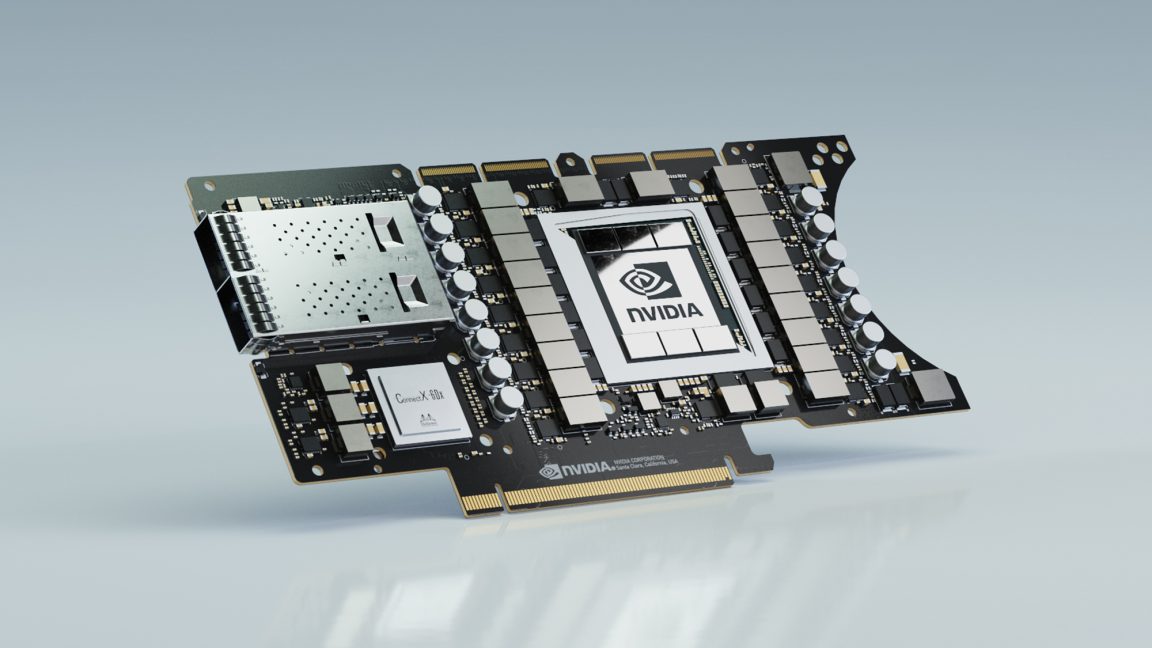
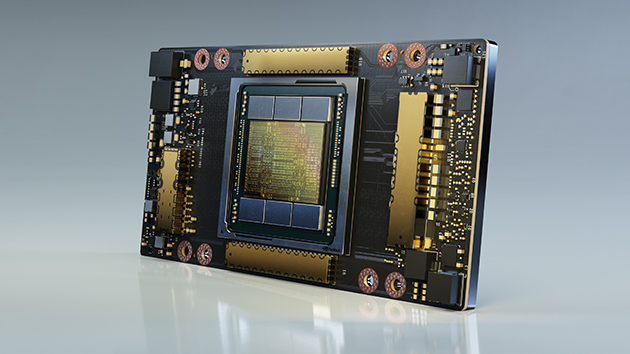
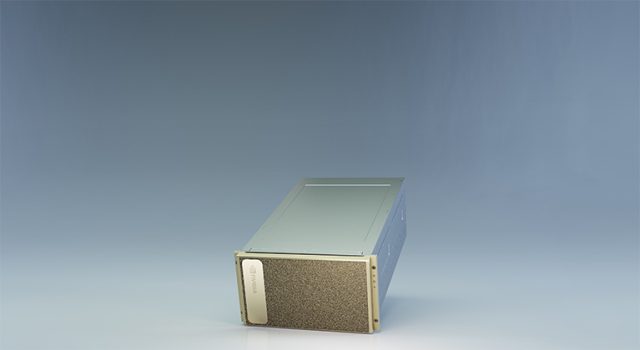


 Loading comments...
Loading comments...
